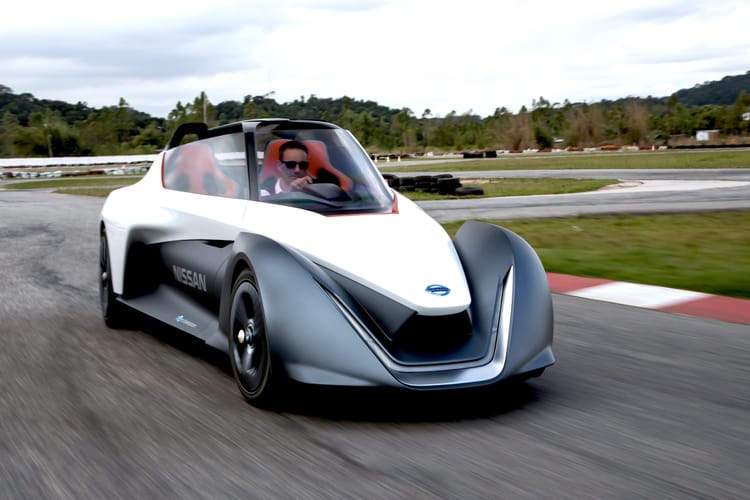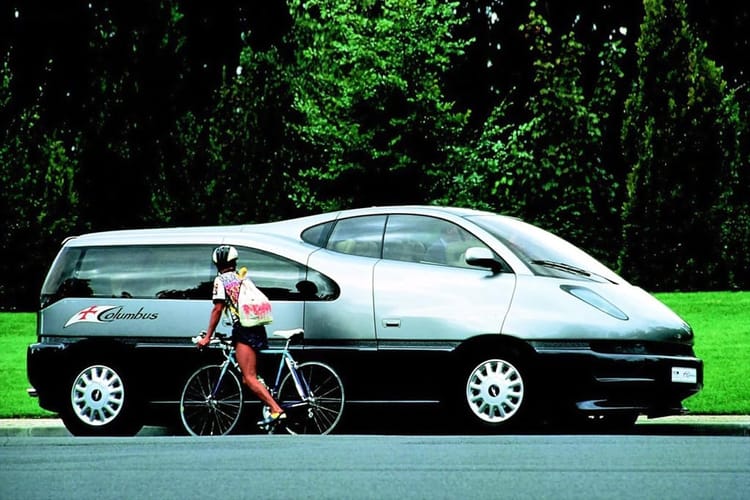Africar
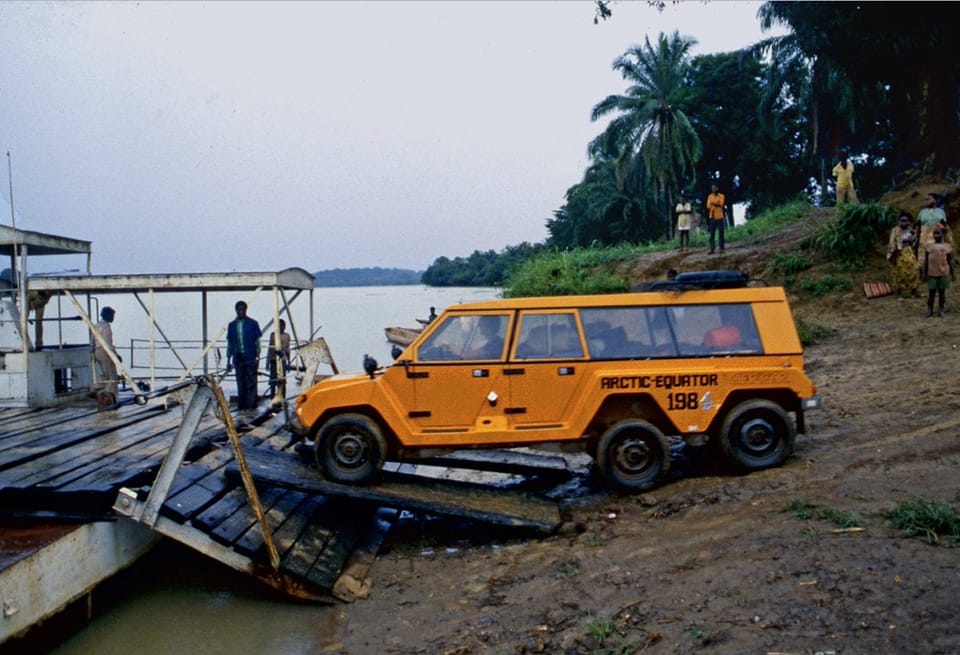
Ever wonder “what if…?” but not have examples of how diverse our cars could be?
You’re in luck: this week, I’m grouping five vehicles under the theme: Here’s How Far They Have Fallen, with the aim of illustrating how different our roads could be if leading auto companies went back to basics. Non-negotiables: better efficiency, more fun to drive, smaller sizes, and bucketfuls of character.
So: three prototype plywood-bodied cars based on Citroën mechanicals, all envisioned by an engineer-turned-photographer named Tony Howarth who’d spent much of his career traveling throughout Africa — with a troubled ending — will that do?
Pitched as the Africar’s 30,000-km test run, with camera equipment and enough gear to survive in harsh environments in tow, three prototype Africar models — a truck, a wagon, and a six-wheel version — set off for the Arctic circle in 1984.
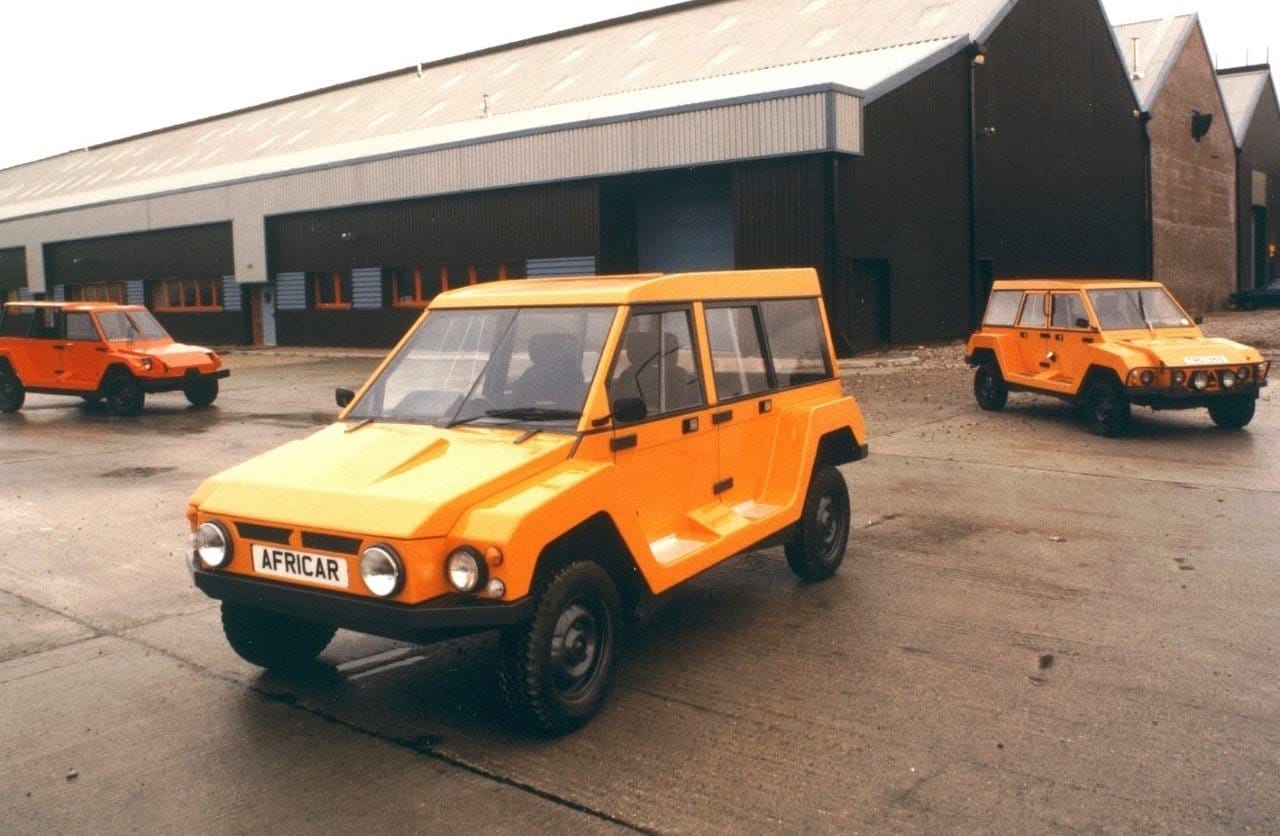
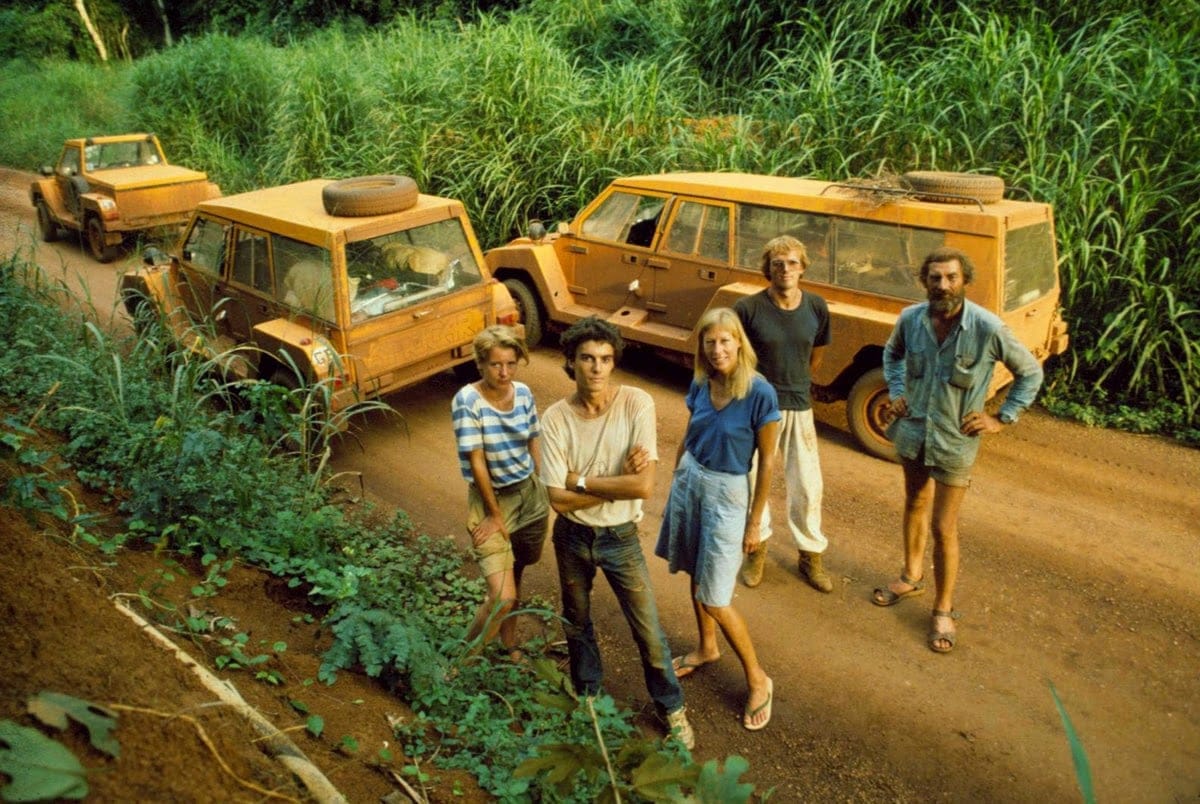
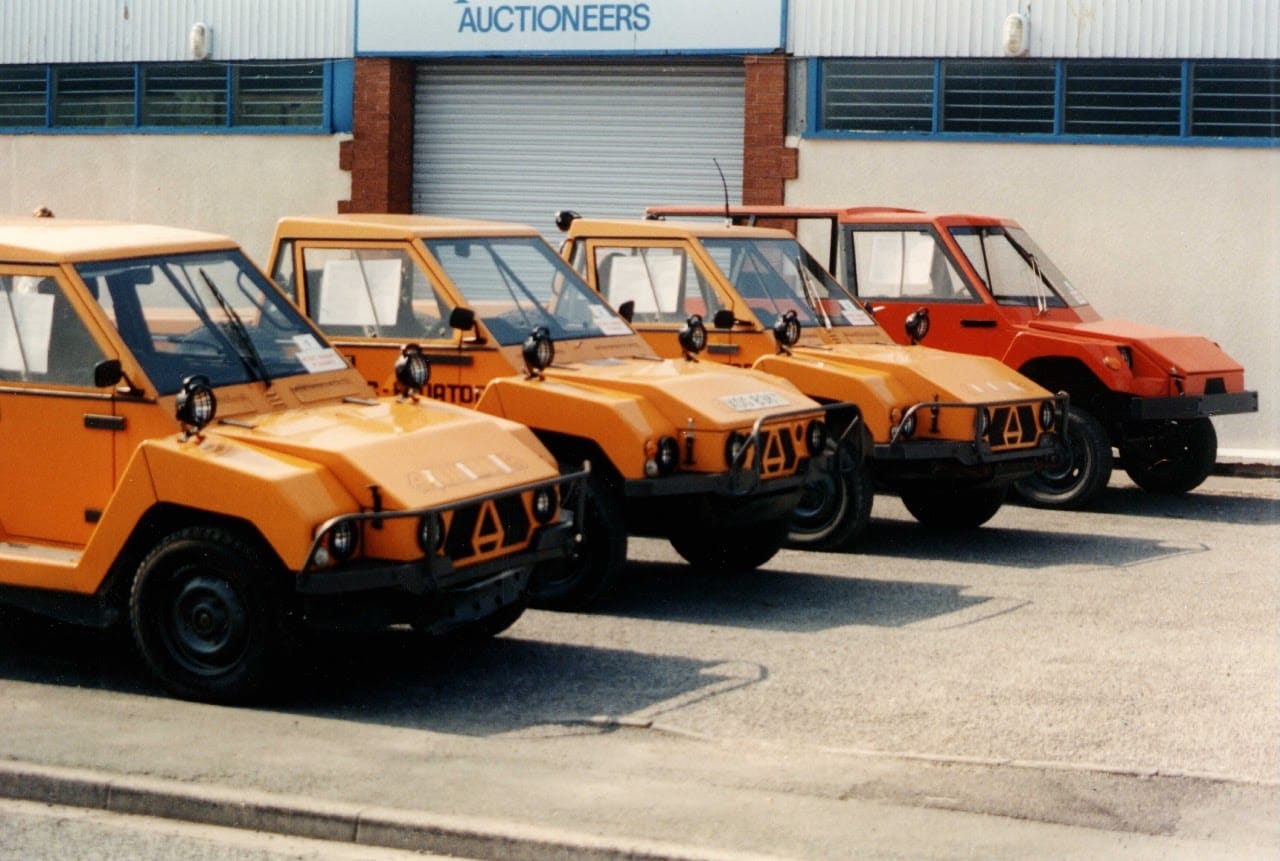
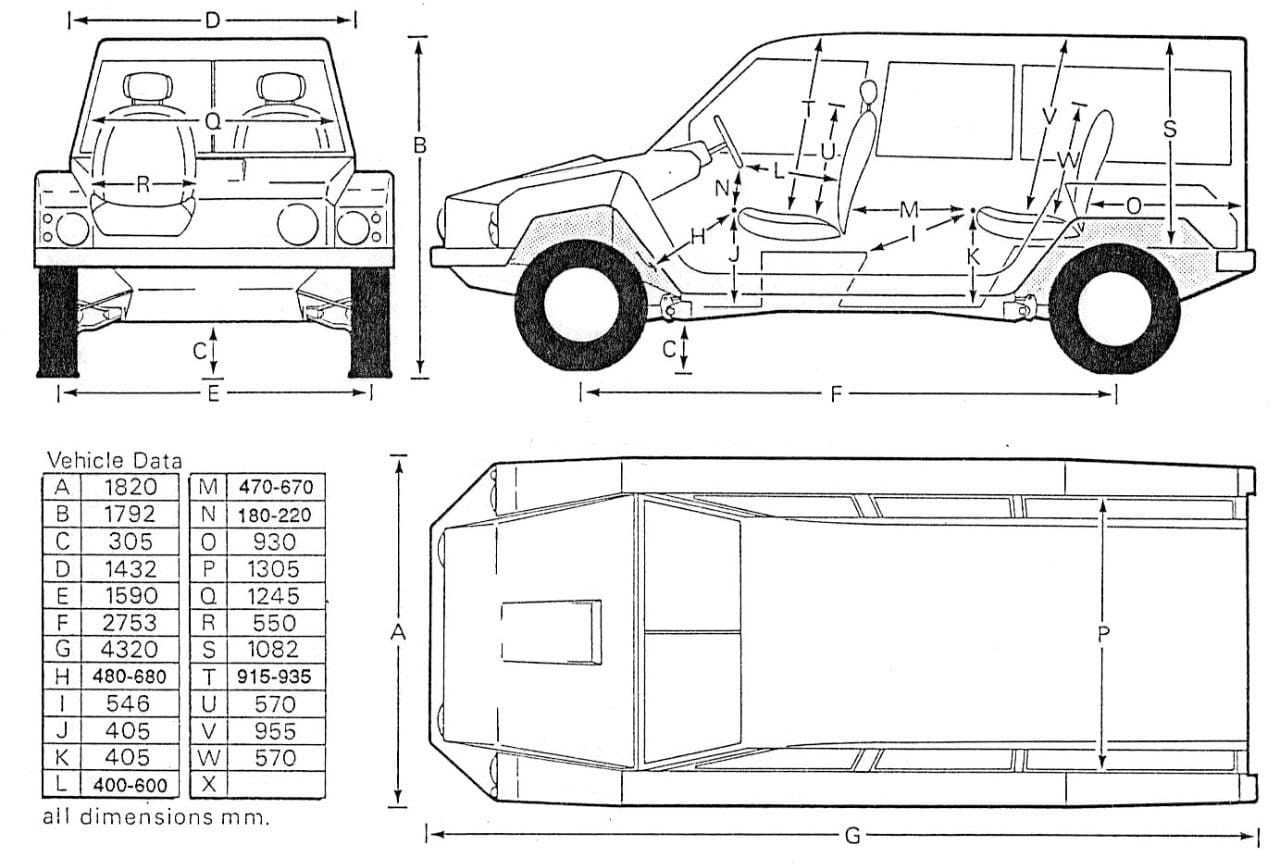
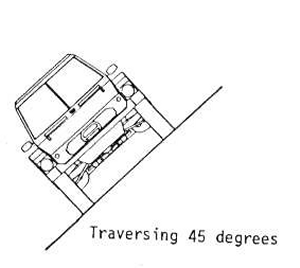
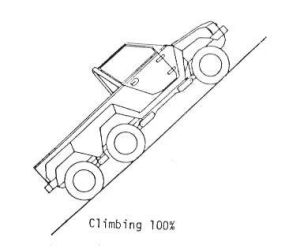
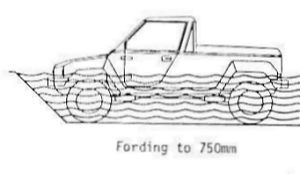
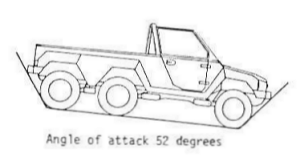
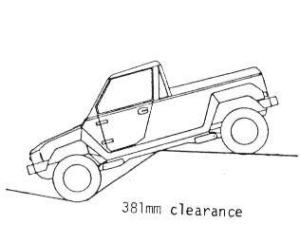
Africar press images & attributes • Silodrome, Citroënet, Tony Howarth
Four months later, their journey to the heart of Africa was finished…however, as soon as the trial was finished and documentary completed, investors weren’t exactly lining up to support a no-name manufacturer whose groundbreaking product flew so far against conventions: Africar is a front-drive, Citroën-engined, Citroën transmission’d car with gas-charged hydrostatic suspension spheres.
The message was true then and it’s true now. Here are two lines from Howarth’s narration of the expedition:
“Most of the world’s cars…are built as disposable consumer products, for the tarmac-born industrial nations.”
and…
“After 100 years of the internal combustion-engined automobile, the list of vehicle makes and models that can claim to have been in any way suitable for use in Africa is short and select.”
Parts 2-5 embedded below the fold
There’s no doubt Tony Howarth’s ideas were ahead of the times — and, sadly, may still be: planned obsolescence has since become a big, nasty stain on the automotive industry.
One glaring mistake (out of many) that the team made, as far as I have learned, was to not plan on seeing the bulk of their investors or early clients come from people who actually lived in Africa. The notion of a White Savior is not just limited to our media, but extends back through generations of institutionalized slavery. Colonizing takes many forms, and if the Africar project had happened post-2010, it would surely have been given a TED talk before being rightly cast aside as another sad chapter in the White Savior Industrial Complex.
I want to see and support an 'Africar'-type vehicle designed and made locally, somewhere, from within the vast continent of Africa — not a car that had been wholly envisioned through white eyes for the purposes of “surviving” African roads.
Not interested in watching the documentary? Check out these decently in-depth articles at both Citroënet and at Silodrome.

